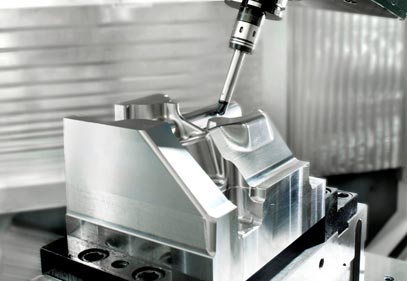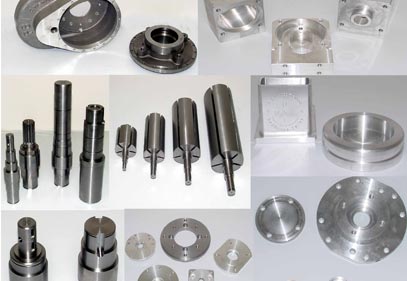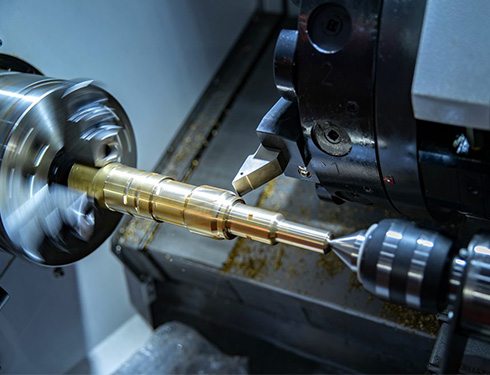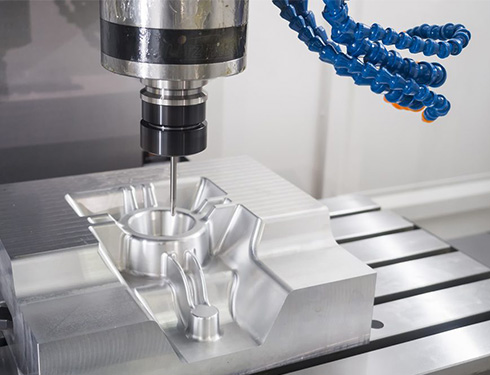


Precision machining is utilized to create finished parts in various sizes, they are often used to produce metal parts that require high precision in order for the product to work properly. These precision machined components may include holes, threads, grooves, or tapered parts that must fit accurately with other parts. Precision machining maintains process control and tolerance to extremely strict specifications. In our daily life, it is used to make many large and small objects and their parts. If an object is made up of many small parts, these parts usually need to be machined to ensure that they fit together accurately and work properly. The true art of precision machining comes from the combination of computer-controlled design and artificial design to create unique functions and highly controlled outputs and functions, driving fluid dynamics, chemical controls, machinery, advances in durability required by extreme weather, and modern hardware technology. Precision machining is particularly important for creating accurate, stable, reusable, accurate, and durable tools and components.

Precision machining processes allow for higher accuracy. Each cut is made by a machine that receives instructions from the computer software. These advanced machines can cut accurately within a limited margin of error. Premium can produce the machined components with tolerances down to 0.005-0.03 mm.
Here we summarize the machining process of Precision Mechanical Parts:
Process planning: Through the preliminary analysis of the appearance of the parts and processing requirements, from the overall processing to establish a reasonable each processing step.
Part analysis: Through part analysis should be obtained certain composition information and some specific processing requirements.
Graphic Design: On the basis of detailed analysis of the product, such as the processing of the seal, we have to determine the font, text size, seal type and so on.
Path generation: We implement the process planning by software and optimize the tool path by setting parameters.
Path simulation: We check for possible problems through path simulation, thus reducing the scrap rate of the actual processing. The general check is focused on the effect of the appearance of the workpiece, whether it is over-cut or under-cut, then there is the path of the process planning is reasonable.
Path output: Path output is a necessary step for software design and programming on machine tools. Path output can be used to establish a link between the two.

CNC machined components are requiring higher and higher degrees of precision. There are several advantages of high precision CNC machining parts, including less material waste, low error, consistent part quality, improved workflow, reduced turnaround time, faster production cycles, easier prototype testing.
If a device reduces in size, the components that make it work will continue to reduce for better performance and efficiency.
In many industries such as medical components, electronics and energy components, they would like to use Micro parts. The CNC parts manufacturer that needs to cut durable parts into precise sizes and make sure they work in larger systems will need CNC machining to get the job done.
Nowadays, the machinery manufacturing industry is developing rapidly in the direction of CNC precision machining. Industrial Automation and intelligent industrial upgrading will undoubtedly increase the demand for precision components.
The key to winning the market competition is to be a high precision machined components manufacturer because improve machining accuracy is equal to improve part performance and quality, and to improve the stability of product quality and reliability of performance, promote product miniaturization, powerful function, parts replacement, product assembly and commissioning of high productivity, promote manufacturing and assembly automation.